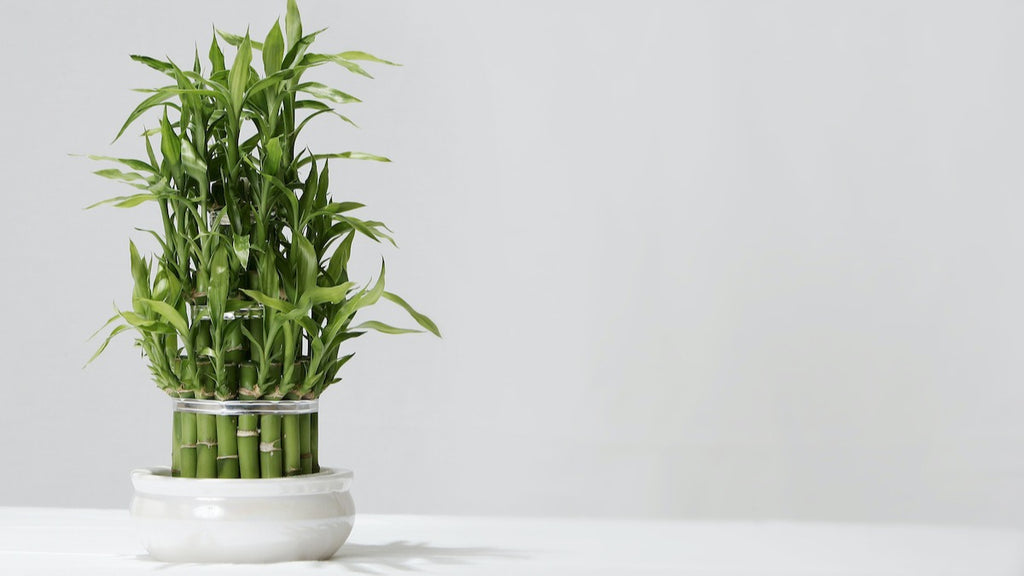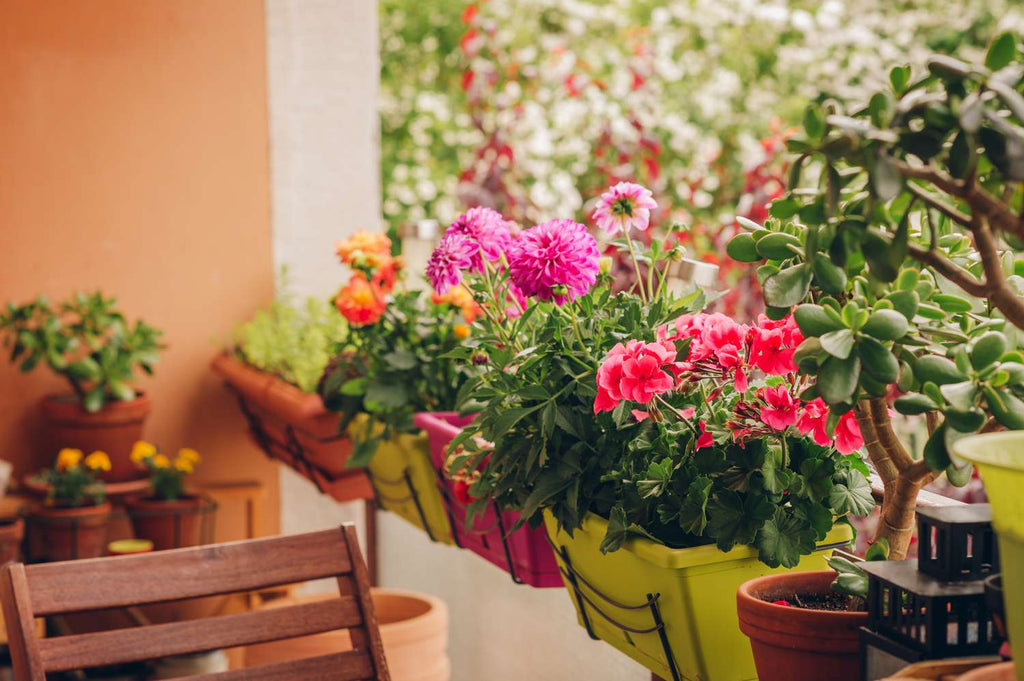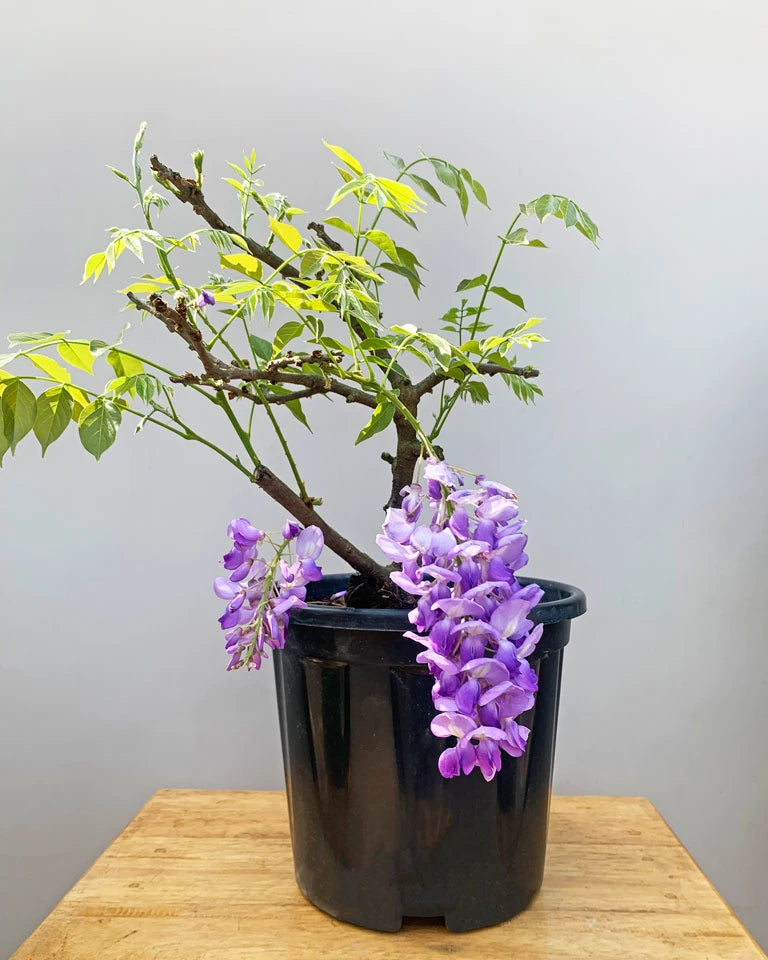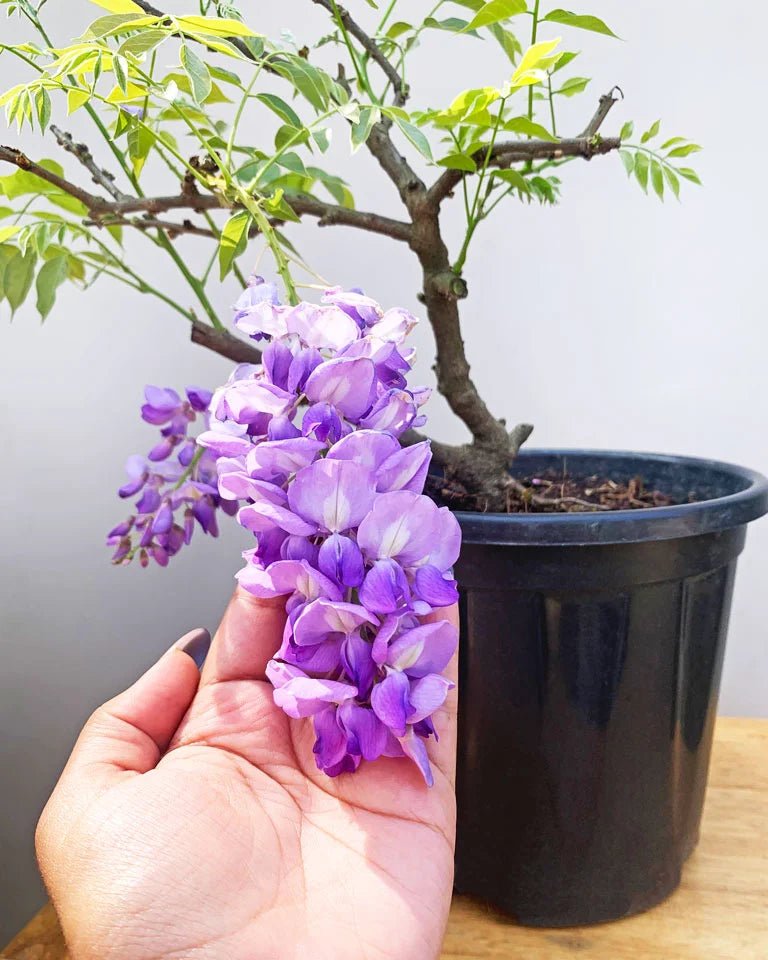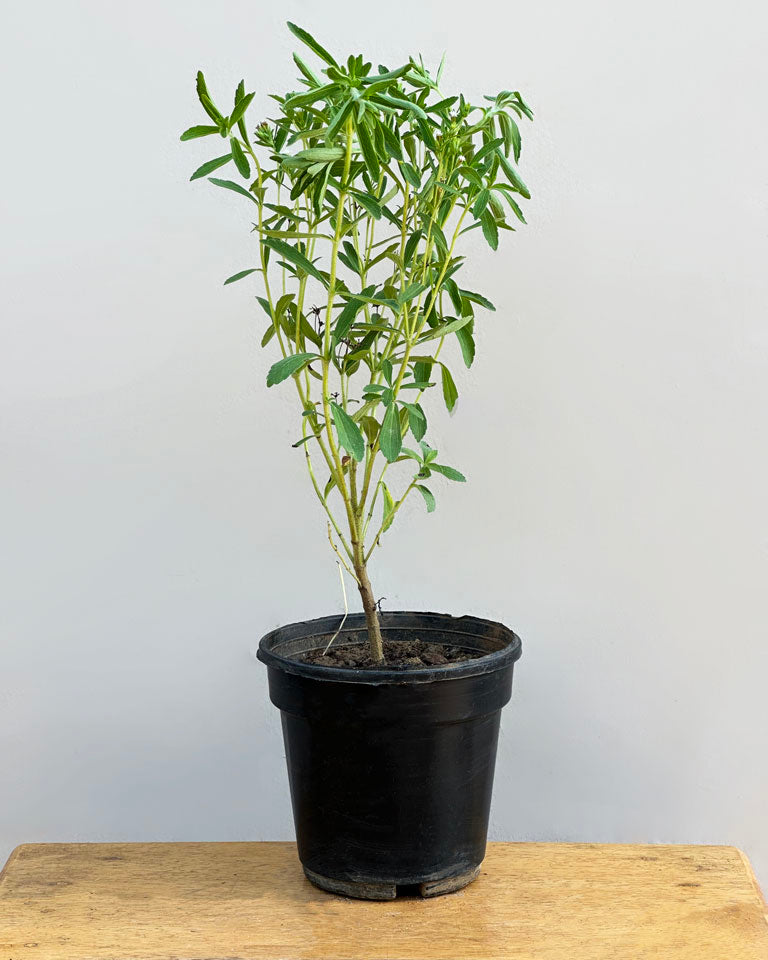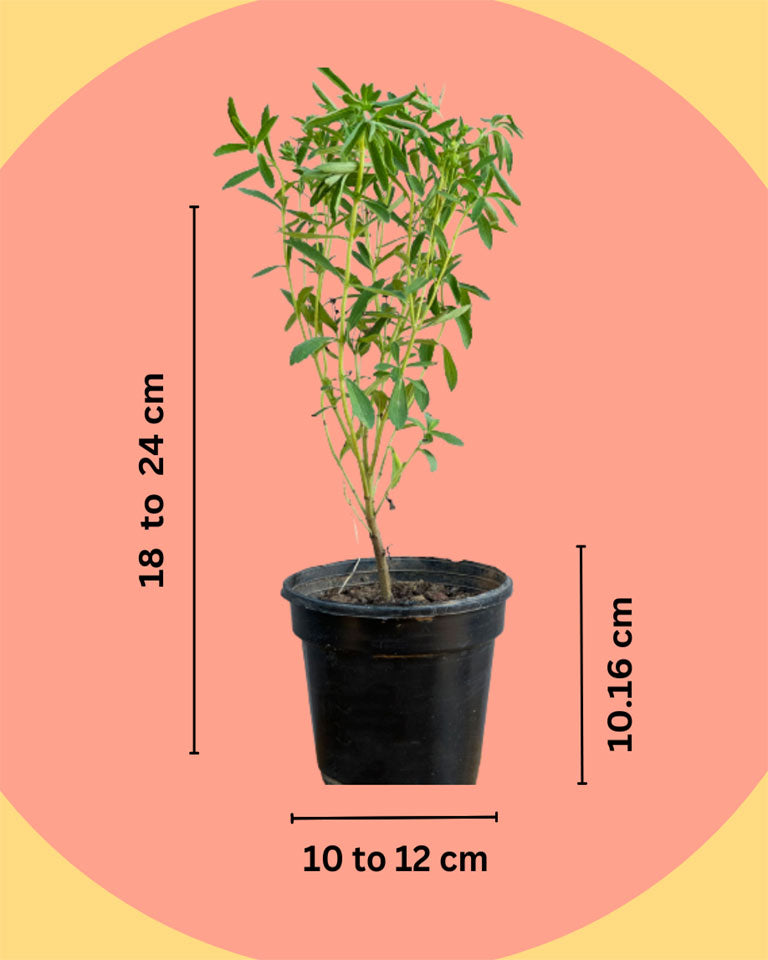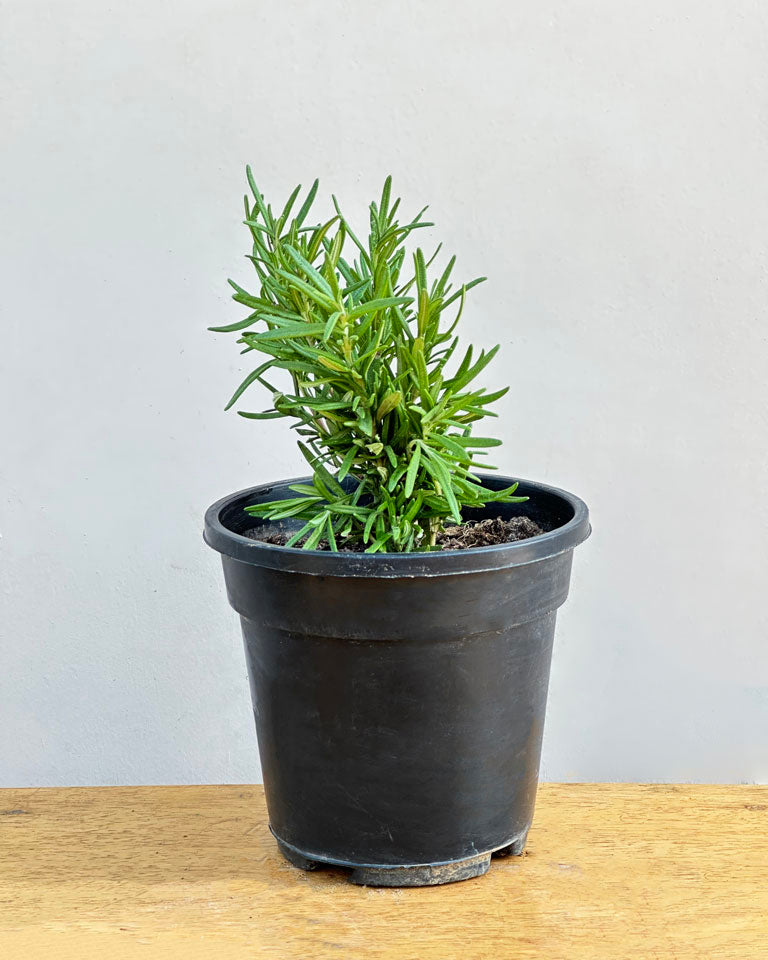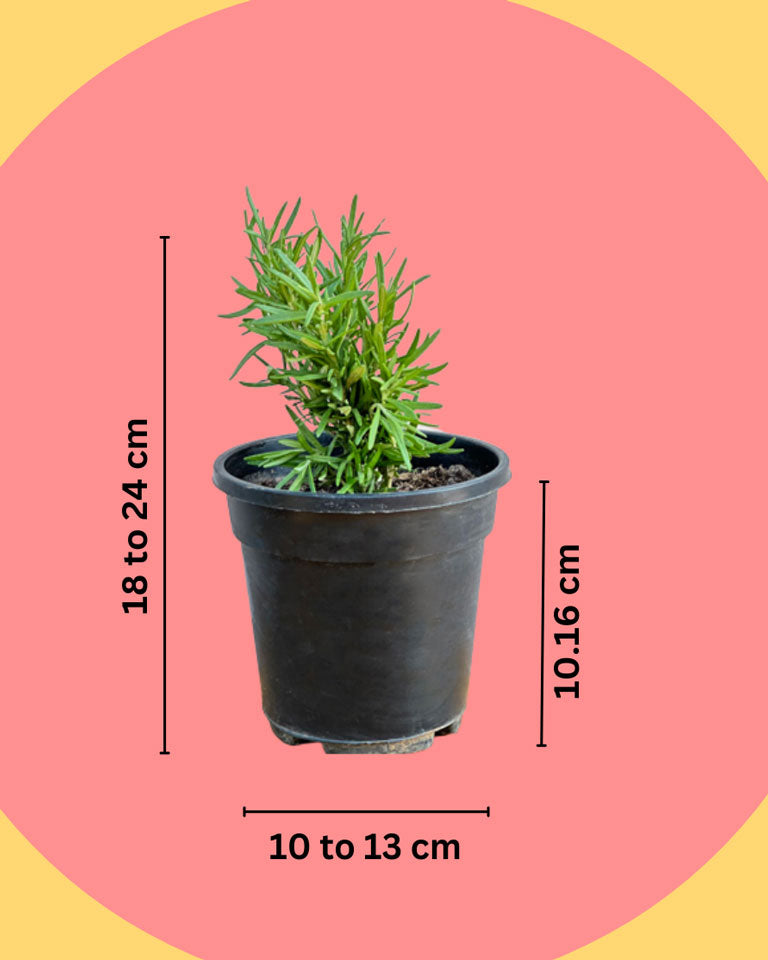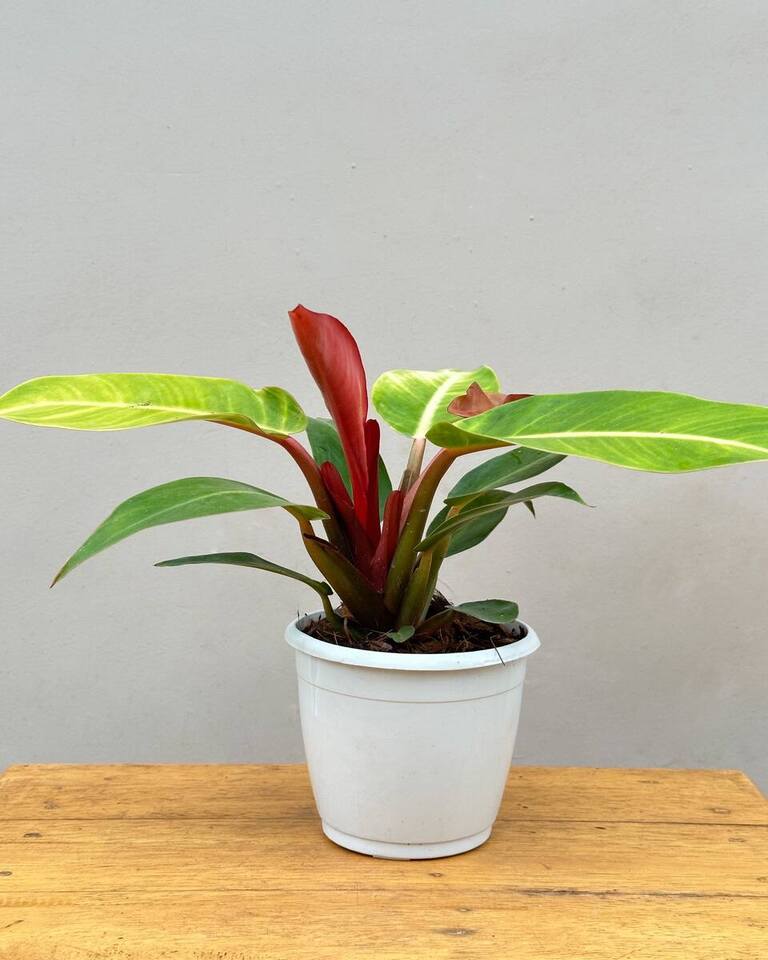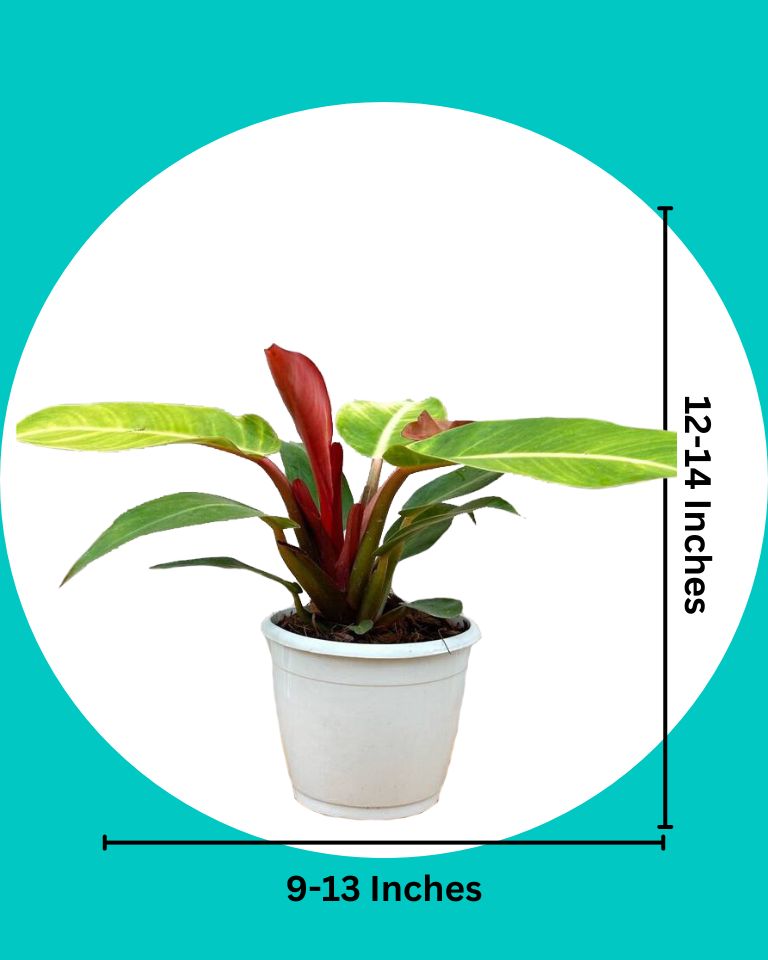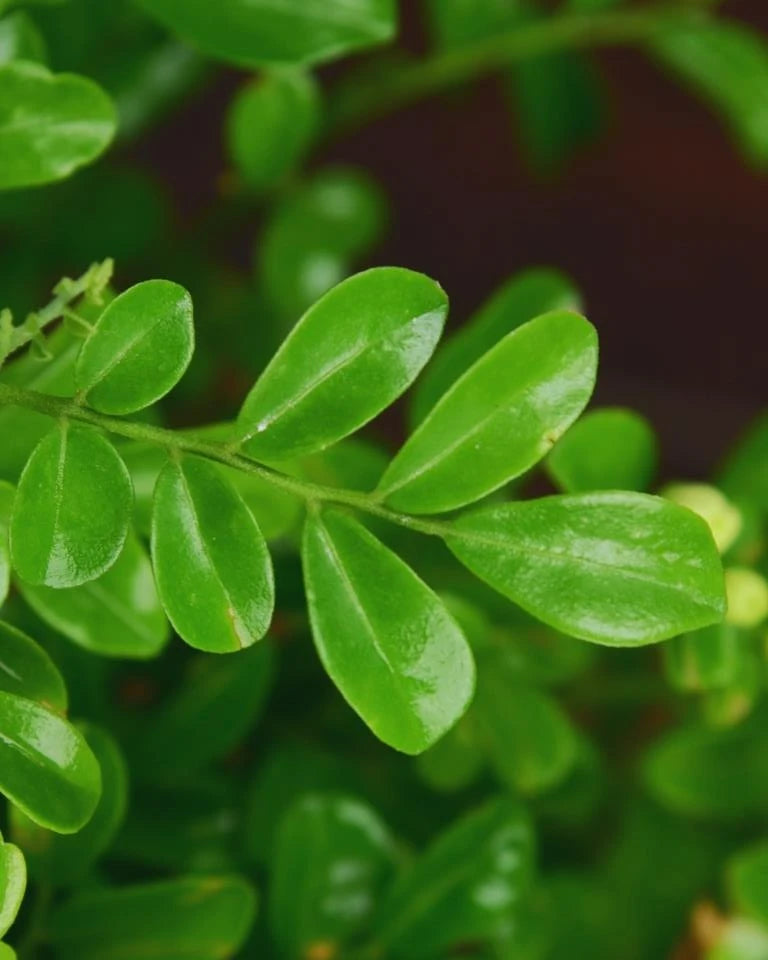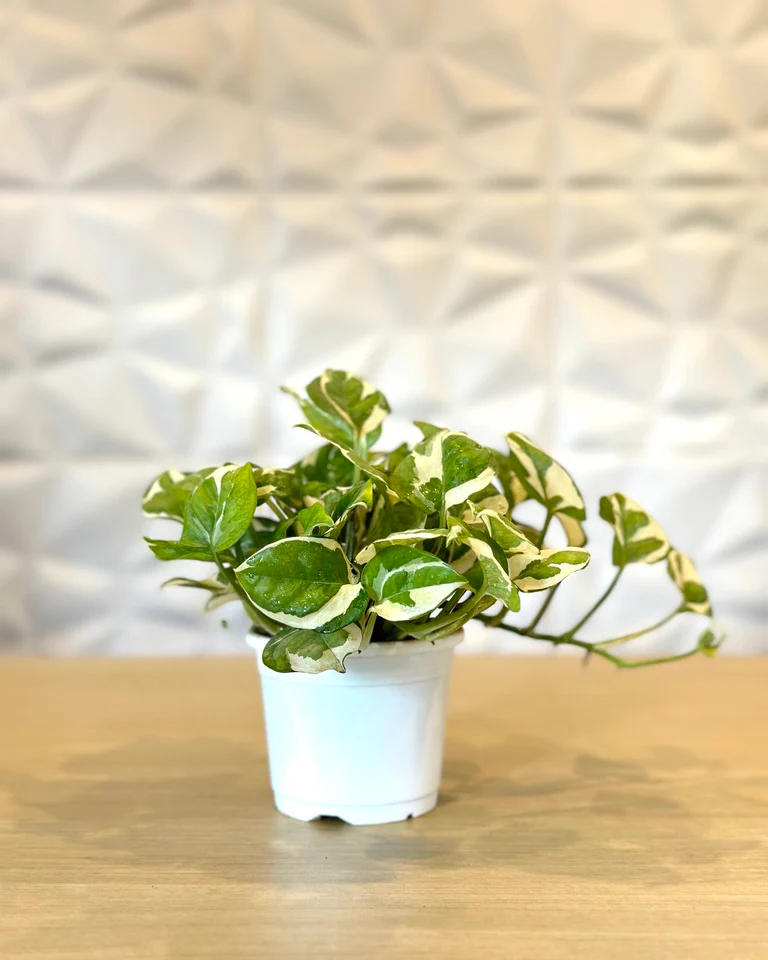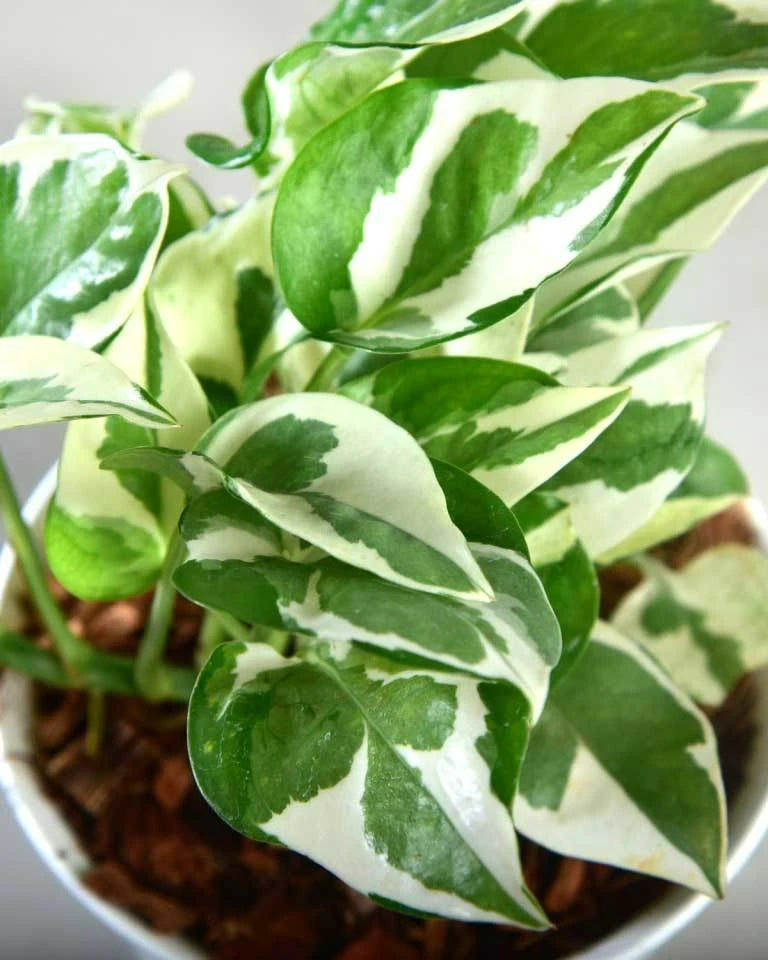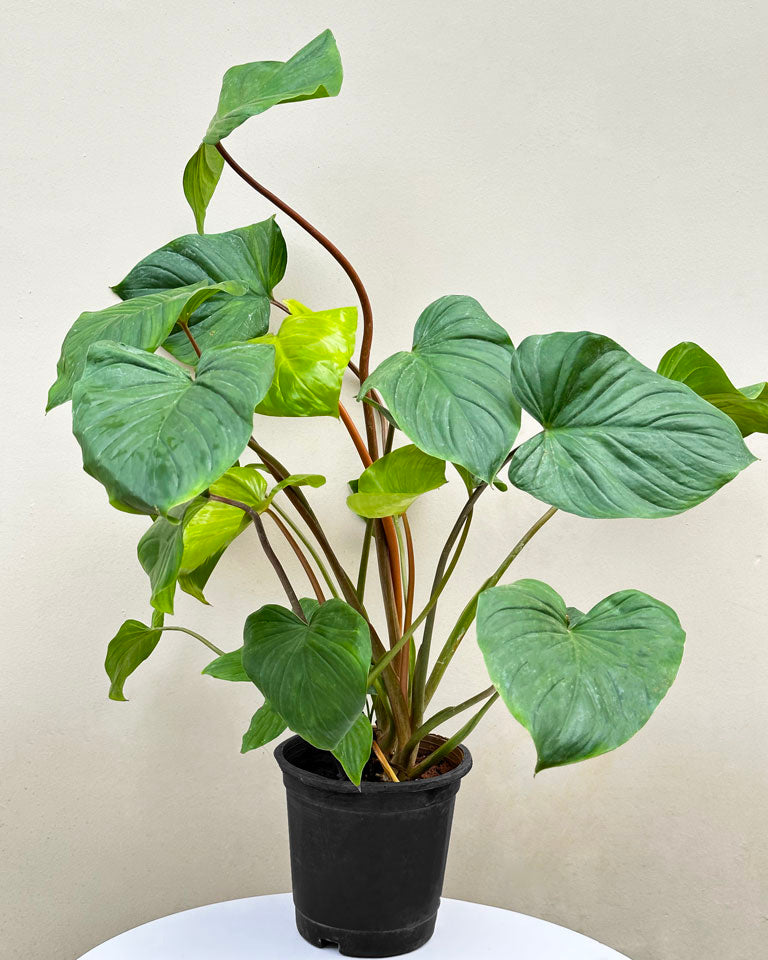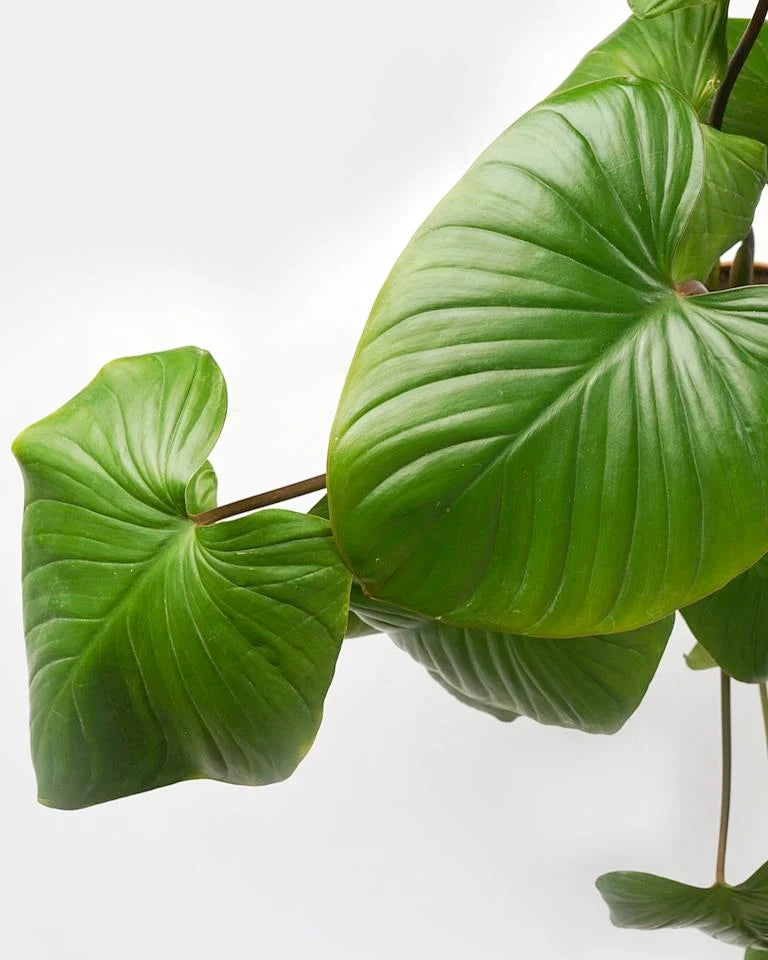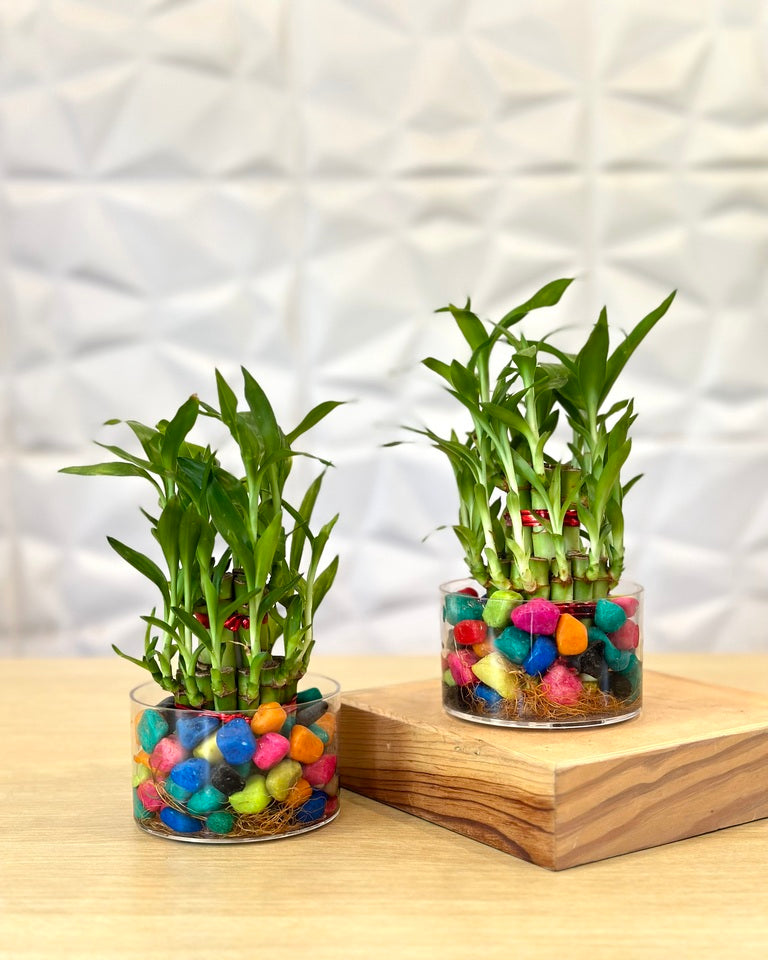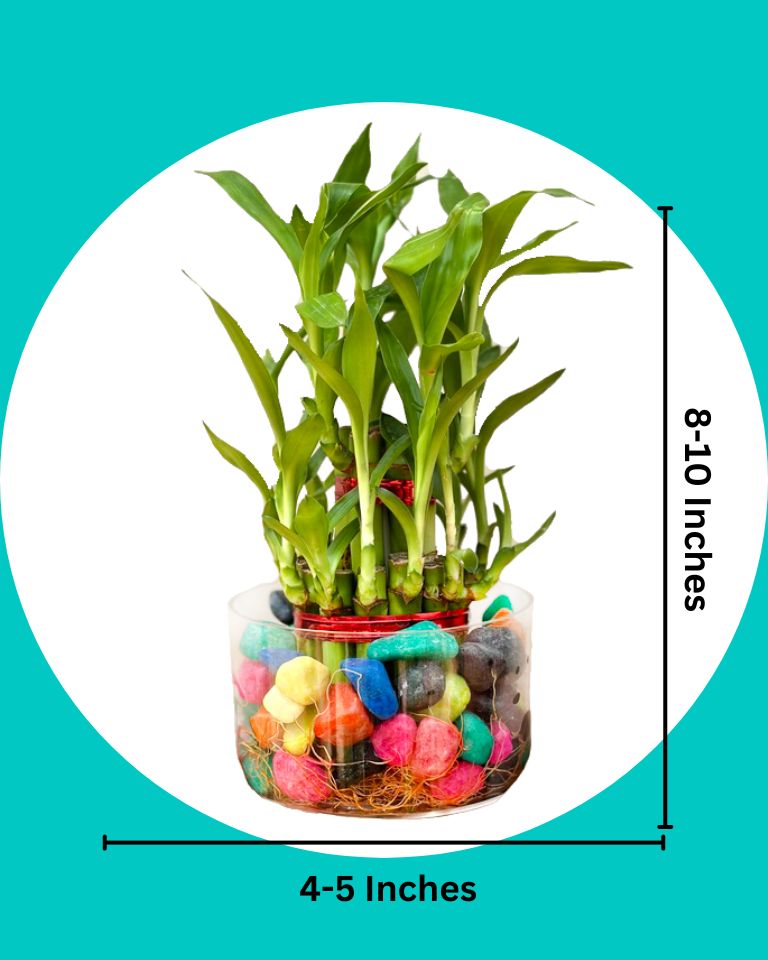
Direct vs Indirect Light: What's Best for Your Plants?

A vital component of plant growth and development is light. However, not all light is made equally. In actuality, the health and vitality of plants can be greatly impacted by the way light is supplied to them, whether directly or indirectly.
Direct Light: A Highlight of Development

Light that originates directly from a source, such sunshine or artificial light with a focussed beam, is referred to as direct light. In essence, plants that receive direct light are bathing in the entire range of energy that the sun or a particular type of light fixture provides. Plants are able to photosynthesize more effectively because of this direct exposure since they have easy access to the light energy required to change carbon dioxide and water into glucose and oxygen.
Furthermore, direct light has a tendency to be stronger, giving plants the energy they require to develop sturdy stems, vivid foliage, and beautiful blooms. Direct light is often ideal for sun-loving plants such as succulents, cactus, and many blooming plants.
However, some plants may suffer from sunburn, withering, or even death if exposed to excessive amounts of direct sunshine. Because of this, it's critical to recognize the unique light needs of each plant and to offer appropriate shade or protection as needed.
Indirect Light: Harnessing the Power of Diffusion

Conversely, indirect light is light that has been dispersed or diffused before it gets to the plant. This can happen when artificial light is diffused by diffusion or reflection panels, or when sunlight is filtered via clouds, flora, or window glass. Even though indirect light isn't as strong as direct light, it's still very important for plant growth.
Indirect light is very beneficial to plants that do well in low light, like many ferns, peace lilies, and snake plants. These plants, in contrast to those that thrive in the sun, have developed to handle less intense light, which enables them to photosynthesize effectively without being at risk of solar damage.
Indirect light also helps distribute energy more evenly throughout a plant, promoting more balanced growth and reducing the likelihood of uneven foliage or leggy stems. Additionally, it can create a more stable microclimate around the plant, helping to maintain optimal temperature and humidity levels.
Finding the Right Amount of Light for Plant Health
Maximizing plant health and output requires finding the ideal ratio of direct to indirect light. This frequently entails being aware of the unique light needs of every type of plant and modifying lighting settings accordingly.
For sun-loving plants, it's essential to give them enough of direct light, preferably several hours a day, to encourage rapid development and blooming. But it's crucial to keep an eye out for stress indicators, like scorched or wilting leaves, and to offer cover or shade as required.
Indirect light, whether from natural or artificial sources, is essential for low-light plants to sustain stable growth and avoid problems like yellowing of the leaves or stunted development. Grow lights and fluorescent bulbs are examples of supplemental lighting that can be especially useful in spaces with low natural light.
Keeping Your Plants Safe in the Summer Heat

Plants can suffer greatly from heat waves; if ignored, they can scorch their leaves, wilt, and even die. The following advice will help protect your foliage from the intense heat:
- Provide Shade: To protect plants from direct sunlight during the warmest portions of the day, erect temporary shade structures or cover them with umbrellas.
- Mulch: To retain soil moisture and control soil temperature, spread an organic mulch layer around the base of your plants.
- Water Wisely: Give your plants regular, deep watering, making sure the soil stays equally moist but not soggy. It is better to water in the early morning or late at night to reduce evaporation.
-
Use Shade Cloth: Install shade cloth over vulnerable plants to filter out excess sunlight while still allowing airflow.
-
Group Plants Together: Clustering plants together can create a microclimate with higher humidity levels, helping them withstand hot, dry conditions.
-
Stay Vigilant: Keep a close eye on your plants for signs of heat stress, such as wilting or yellowing leaves. Act quickly to provide relief by moving them to a cooler location or implementing protective measures.
In conclusion, both direct and indirect light play vital roles in the growth and well-being of plants. By understanding how these light sources interact with plants and tailoring lighting conditions to meet their specific needs, gardeners and plant enthusiasts can create thriving indoor and outdoor landscapes filled with lush greenery and vibrant blooms




